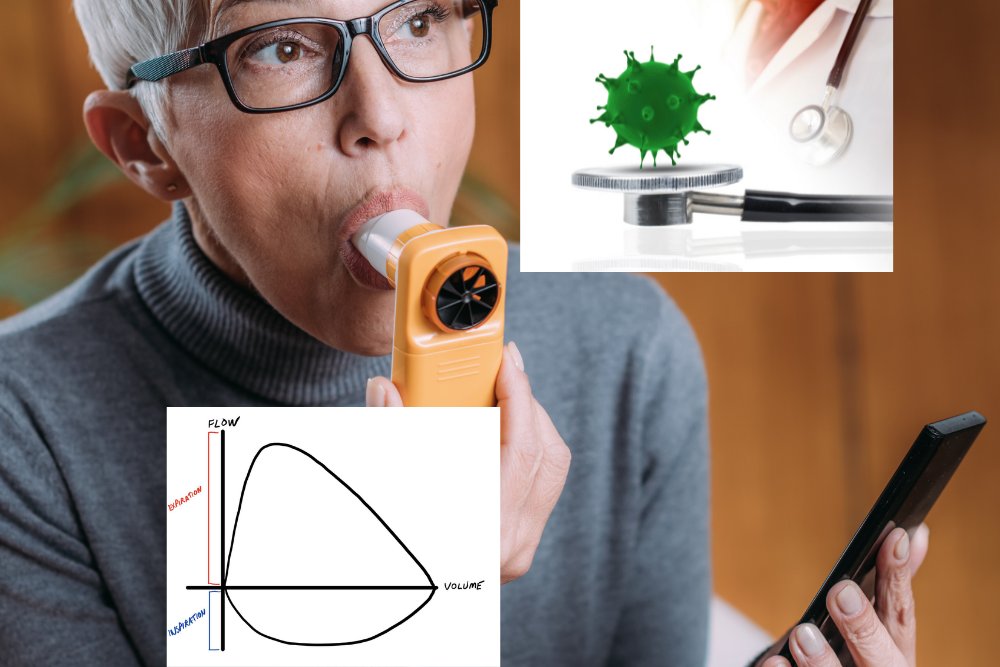
Smoking cigarettes is a common issue. According to research, it is more difficult to quit smoking when your body has been relying on this foreign stimulus for a long time. This research published in Addiction in 2021 monitored thousands of smokers between 2002 and 2014 and found that younger users are more likely to successfully quit for at least 30 days of abstinence. That’s because older users are more likely to smoke heavily and may thus be less encouraged to make quit attempts.
Cessation is always a challenging process, but an earlier quit attempt increases one’s chances for success. In this article, we go over a few cessation tips to help young adults in this journey.
Statistics on smoking and young adults
If you follow this link, you’ll find the latest data from Gallup, which tells us that cigarette smoking rates have fallen among U.S. young adults. An average of 39% of U.S. adults aged 18 to 29 without a college degree were reported to smoke cigarettes from 2001 to 2003. This dropped to an average of 14% between 2019 and 2022. Unfortunately, the prevalence of e-cigarette use continues to grow among young adults. This indicates that young adults are still smoking products containing nicotine — except through different means.
Tips to quit smoking
Cessation must effectively address the scientific and social factors driving addiction. Each tip below will hopefully help decrease your dependence on nicotine and make true cessation easier.
Choose an enjoyable alternative
Withdrawal symptoms occur when your brain and body acknowledge the sudden lack of nicotine in your system after having been accustomed to it. To help manage these symptoms, researchers developed nicotine replacement therapy (NRT) products. These products are usually tobacco-free and work to deliver nicotine in controlled doses to your body so that your body gradually acclimates to functioning without it.
Today, there are various forms of NRT available in the market. The NicoDerm patch and the pioneer Nicorette gum can be found in convenience stores, and both are convenient and can be used discreetly to combat the effects of nicotine. Meanwhile, if you click here, you’ll see a variety of nicotine pouches available from Prilla for users to order online. A pouch is a small product that fits between the gum and lip to provide a quick and easy option for young adults seeking to move away from cigarettes. There is also a range of different flavors available through the internet, such as coffee and wintergreen. This makes cessation more convenient and accessible, and users can stock up on their alternatives, all without having to take a step outside.
Develop a positive self-image
A 2022 meta-ethnography from Substance Abuse Treatment, Prevention, and Policy (SATPP), which can be found here, explains that U.S. young adults tend to take up smoking to alleviate stress and transform their identity, among other reasons. Barriers to quitting smoking are thus cited to include the social pressure of not identifying with “being a smoker,” with cessation services and NRT viewed to be “uncool” and aimed at older or addicted smokers rather than being for young people.
This makes self-motivation and self-confidence crucial factors in facilitating quit attempts. The role of self-agency is key in young adults who decide not to take up smoking because they see themselves as having a positive self-image. Smokers can work on developing self-motivation and self-confidence by seeking other hobbies — which can also serve as a distraction from cravings — and safer social circles. This will help young adults, who are often in periods of existential crisis, form a stronger sense of identity outside of “being a smoker.”
Set a target quit date
Another common barrier to cessation, according to the meta-ethnography from SATPP, was the minimization of the health risks associated with being a smoker. Many young adults felt that they were still young enough not to have to worry about cancer, and quitting smoking was thus seen as a task for the future.
Healthy People 2030 thus stresses the need to set a motivating proximate goal of quitting smoking before the age of 35. That’s because smokers who quit before this age have mortality rates that are not much different from those of never-smokers. To avoid the health consequences associated with smoking, young adults may be more motivated to jumpstart attempts at cessation.
Quitting earlier yields greater health benefits for young adults. Successful cessation will ensure a higher quality of life where former smokers can enjoy the rest of their adult years tobacco-free.
Remember, smoking can affect respiratory health, causing many respiratory health complications, from COPD to lung cancer. If you are suffering from these types of diseases, as well as smoking cessation, it is worth finding out about Keva’s virtual solution and how it can help you. Visit our homepage to get started.
AsthmaCOPDKeva AppPulmonary CareRemote monitoringRespiratoryTelehealthVirtual Care

